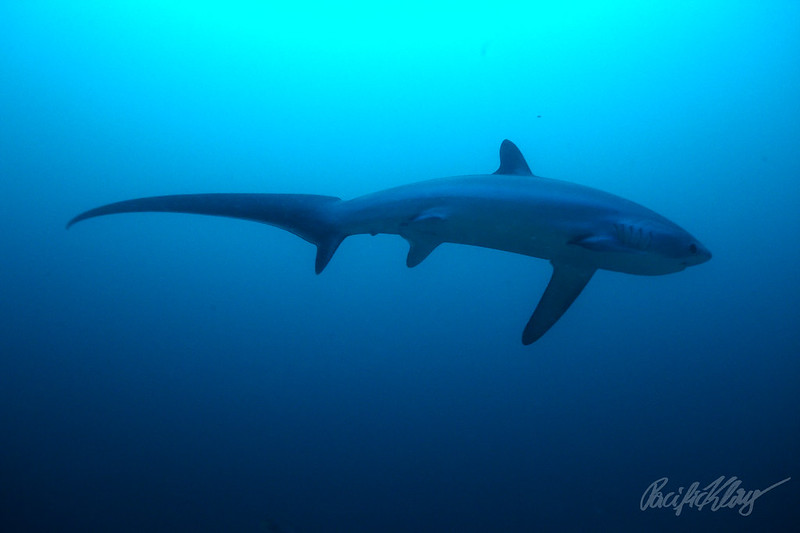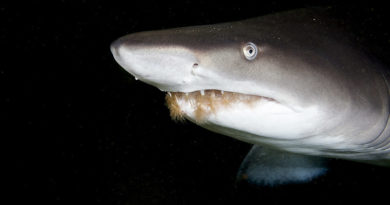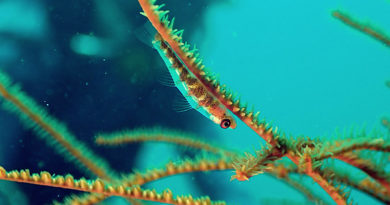Legal Shark Protection in the Philippines
Recently images of a thresher shark, Alopias pelagicus, which had been killed by a fisherman in Maasin in the Philippines, surfaced on social media. To me and to many others, it’s sad to see such a majestic animal dead. They are also slowly reproducing, like most larger shark species, and on top of that they are protected in the Philippines.
I don’t believe in finger-pointing who is/is not responsible for the dead shark, but would like to give a brief overview over the laws regulating shark protection in the Philippines. I am a biologist, not a legal scholar, but this is how I understand things. If I happen to be wrong, please let me know! And yes, many thanks to the ambitious conservationists who brought these protections about, some of whom I had the pleasure of meeting.
In brief: not all shark and ray species are protected, but some are, and these are thresher sharks, whale sharks, hammerhead sharks, great white sharks, silky sharks, and porbeagle sharks, manta rays, devil rays, and sawfish. The protection is implemented in Philippine law by linking it to an international treaty about protected species.
In some more detail:
Fishing is regulated by the Philippine Fisheries Code of 1998 (Republic Act No. 8550).
This law was appended in 2014, by the Republic Act No. 10654 amending Philippine Fisheries Code of 1998. Two paragraphs are especially important (my bold):
It shall be unlawful to fish or take, catch, gather, sell, purchase, possess, transport, export, forward or ship out aquatic species listed in Appendix I of the Convention on the International Trade in Endangered Species of Wild Flora and Fauna (CITES), or those categorized by the International Union for Conservation of Nature and Natural Resources (IUCN) as threatened and determined by the Department as such.
and
It shall be unlawful to fish, take, catch, gather, sell, purchase, possess, transport, export, forward or ship out aquatic species listed in CITES Appendices II and III if scientific assessments show that population of the species in the wild cannot remain viable under pressure of collection and trade:
Hence: if a species of genus is listed in an international treaty (the CITES appendices), it automatically becomes protected in the Philippines via Republic Act No. 10654.
And what is listed in these CITES appendices? The shark and ray species listed in the brief version above (thresher sharks, whale sharks, hammerhead sharks, great white sharks, silky sharks, and porbeagle sharks, manta rays, devil rays, and sawfish), plus some more which don’t occur in the Philippines, such as basking sharks. These are new additions to the CITES lists, and these are previously listed species.
Two more Notes:
- this is the legal situation, the actual enforcement of these laws varies, depending on an interplay of socio-economic factors and law-enforcement resources.
- the great white sharks are protected in the Philippines, you might ask? Do they even exist in the archipelago, aren’t these cold-water sharks? Yes, they do exist here, not very abundantly, but there are a few records of strandings.


